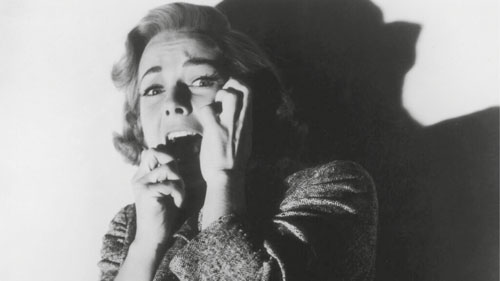NOTHING could induce me to watch a horror movie. I cannot see the pleasure in being, by turn, disgusted and terrified.
But I am almost certainly in the minority. Many people actively seek out situations that frighten them — particularly at this time of year — and thoroughly enjoy the experience.
Fear and survival have had close links throughout evolution. If the early hunters did not run from danger, they were unlikely to last long enough to procreate.
So those whose fear response helped them avoid being eaten by a predator would have passed on the genes that promoted those behaviors.
In a truly dangerous situation, the fight-or-flight response can save your life. But many situations that we find frightening are not life threatening.
Indeed, we often seek out “safe” frightening experiences, such as scary movies, rollercoasters, or bungee jumps, to enjoy the experience of being scared.
In an acute stress situation, the autonomic nervous system causes familiar physiological changes, such as raised breathing and heart rate, flushed or pale skin, butterflies in the stomach, tense muscles, dilated pupils, and a dry mouth.
And when the fear subsides, we are often left with feelings of pleasure. Is this just the relief of having survived, or is there more to it?
The amygdala, a small structure deep in the center of the brain, controls the fear response. The amygdala is part of the limbic system,Trusted Source which plays a key role in behavior.
In a fearful situation, the amygdala stimulates the hypothalamus, which, in turn, activates the pituitary gland to release adrenocorticotropic hormone (ACTH) into the blood.
The sympathetic nervous system, the part of the autonomic nervous system responsible for fight-or-flight, tells the adrenal glands to release the hormone epinephrine, also known as adrenaline.
Once epinephrine is in the bloodstream, it speeds up the heart rate, constricts the peripheral blood vessels, and diverts blood from the core to the muscles needed for movement.
It also tightens the muscles at the base of each hair follicle (piloerection), causing hairs to stand on end — useful if you are a furry animal trying to convince a predator you are bigger than you really are — and, for humans, giving “goosebumps.”









